Are you considering installing solar panels but unsure if it’s possible on your flat roof? The good news is that installing solar panels on a flat rooftop is not only possible but also has its own unique advantages.
In this article, we will discuss the benefits of flat roof solar panels, how they work, and the different factors you need to consider before installing them in Vancouver.
Can you Install Solar Panels on a Flat Roof?
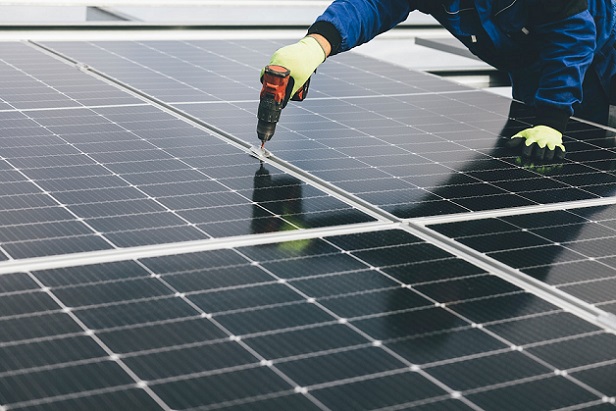
Yes, you can install solar panels on a flat roof. However, the installation process is slightly different from that of a sloped or pitched roof.
Flat roof solar PV systems use special equipment and mounting system that allow them to be laid flat or tilted at an angle equal to or greater than the optimal angle for solar panels.
How do Solar Panel Systems on a Flat Roof Work?
Flat solar panels work by mounting solar panels onto the roof structure using special equipment and a mounting system.
These systems keep the glass coating on panels in place and at the ideal angle to capture as much light as possible.
How can Wind Affect Flat-roof Solar System?
Wind can affect flat roof solar work in two ways. Firstly, high wind speeds can lift or damage the panels, causing them to detach from the roof. Secondly, wind can cause water pooling on the photovoltaic cells.
Advantages of Flat Roofs for Installing Solar Systems
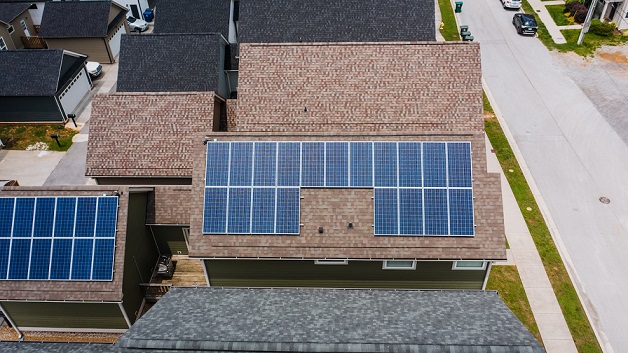
Flat roofs tend to have larger surface areas than hipped roofs, providing more space for solar fitting and allowing for more photovoltaic cells to be installed.
Additionally, these flat roof systems are often easier and less expensive to install than hipped roof systems because they require less specific equipment and fewer roof penetrations and can reduce electricity bills.
Flat roof photovoltaic cells can be mounted at the ideal angle for maximum sunlight and power generation, providing more energy output, and battery storage, and potentially reducing energy bills.
Disadvantages of Flat Roof PV Panels
Flat roofs normally collect more debris such as leaves and dirt, which can reduce the production of electricity by blocking sunlight from reaching the photovoltaic cells.
Flat roofs can experience water pooling, which can cause damage to the roofing materials and the solar panel arrays.
If you want to install photovoltaic cell panels on flat roofs, you may require angled mounts or drilling holes in the roof to ensure that the photovoltaic cells are installed securely, which can potentially void the warranty of the roof.
Flat roof solar installations may require planning permission in some cases, especially for larger commercial buildings.
Tips on How to Install Solar Panels Flat
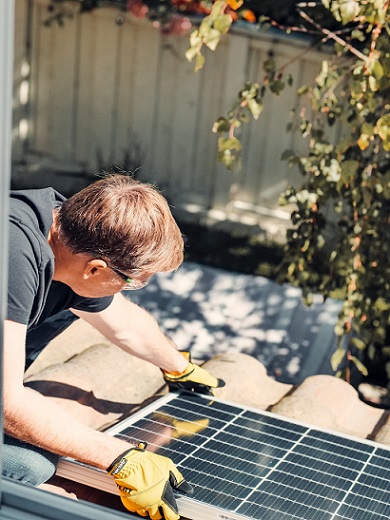
Solar power is a clean and sustainable form of energy that is becoming increasingly popular among homeowners and businesses. Although most solar panels are installed on angled roofs, you can also install them on flat roofs. The following is a step-by-step process to install a solar system on a flat roof. Make sure you follow the sequence correctly to avoid future frustrations.
Step 1: Check the Structural Integrity of the Roof
Before installing solar panels on a flat roof, it is crucial to ensure that the roof is strong enough to hold the weight of the panels.
While most flat roofs are designed to support the weight of HVAC systems and other equipment, you should consult with a structural engineer or a roofing contractor to evaluate the roof’s condition and determine if any reinforcement is necessary.
They will examine the roof’s load-bearing capacity, the condition of the roofing materials, and the potential impact of high winds or other weather events.
Based on their assessment, they may recommend installing additional support structures to ensure the roof can safely accommodate the weight of the solar panels.
Step 2: Choose the Right Type of Solar Panels
Not all solar panels are suitable for installation on a flat roof. You should choose a solar system that is specifically designed for flat roofs.
The most common type of solar panels used for flat roofs is a ballasted racking system, which uses weighted blocks to hold the panels in place.
This system is ideal for flat roofs because it does not require any drilling or penetration of the roof, which can compromise its waterproofing and structural integrity.
Step 3: Determine the Best Placement of Solar Panels
The placement of solar panels on a flat roof is critical to ensure that they receive maximum sunlight throughout the day.
You should ideally place the panels facing south, but if that is not possible, east or west-facing panels can still generate a significant amount of energy.
You should also consider the angle of the panels, which should be between 10 and 15 degrees to maximize energy production.
If the angle is too steep or too shallow, the panels may not generate as much energy as they could.
Step 4: Installing Solar Panels Racking System
Once you have obtained professional guidance and determined the structural integrity of the roof, you can start installing the racking system. Here are some tips and considerations to keep in mind:
Position the Blocks
The first step is to position the weighted blocks on the roof. The number of blocks and their weight depending on the size and weight of the solar panels, as well as the wind load and other environmental factors in your area.
Attach the Racking System
Once the blocks are in place, you can attach the racking system to them. Manufactured from aluminum or steel, the racking system usually comes in pre-assembled sections. You can easily connect them to the roof.
Secure the Solar Panels
You can secure the solar panels to the racking system using clamps or brackets. Make sure to follow the manufacturer’s instructions and guidelines for proper installation and alignment.
Consider Wiring and Access
When installing the racking system, you should also consider the wiring and access to the panels. Plan the wiring routes and make sure there is enough space for the wiring to pass through the racking system and into the building. Also, make sure there is enough space around the panels for maintenance and cleaning.
Follow Safety Guidelines
Finally, make sure to follow all safety guidelines when installing the racking system. Use proper safety equipment, such as harnesses and lanyards, when working on the roof. Also, make sure to properly secure the tools and materials to prevent them from falling off the roof.
Step 5: Install the Wiring and Inverter
Once you securely mount the solar panels, you need to install the wiring and inverter.
Apologies for the confusion. Here is the active voice version:
The solar panels are connected to the inverter through wiring, and the inverter converts the DC power generated by the panels into AC power. After that, homeowners or businesses can use this power.
You should typically install the inverter near your main electrical panel, and select it based on the size and output of your solar panel system.
Step 6: Obtain Necessary Permits and Inspections
Before turning on your solar panel system, you will need to obtain any necessary permits and inspections from your local building department. Flat-roof solar systems require these permissions.
This is to ensure that your system complies with all local regulations and building codes.
The permitting process may involve submitting plans and specifications for your solar panel system, paying fees, and scheduling inspections to verify the installation and safety of your system.
How to Find Solar Panel Installers for a Flat Roof
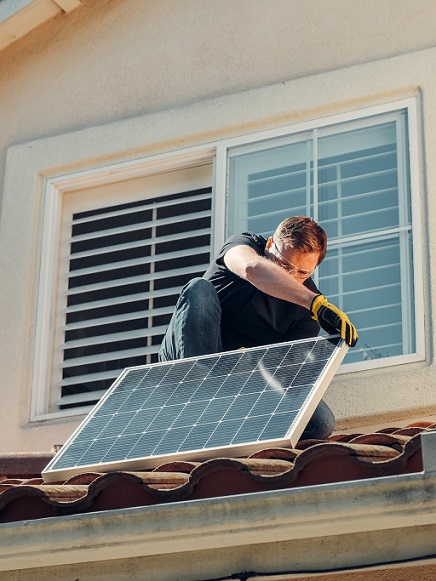
To find a solar company for a flat roof in Vancouver, it is important to do some research and compare quotes from different solar companies.
Look for solar installers that specialize in a flat-roof solar panel system and have experience installing solar systems on similar roofs.
You can also check online reviews and ratings from previous customers to ensure that the solar installer you choose is reputable and provides high-quality work.
Frequently Asked Questions

How to Find Solar Panel Installers for a Flat Roof
The ideal angle for flat roof solar panels is between 10-15 degrees. This allows the panels to receive as much sunlight as possible throughout the day.
What Is the Best Flat Roof Material for Solar
The best flat roof materials for solar panels are those that are durable, waterproof, and have a low coefficient of thermal expansion, such as PVC, TPO, and EPDM.

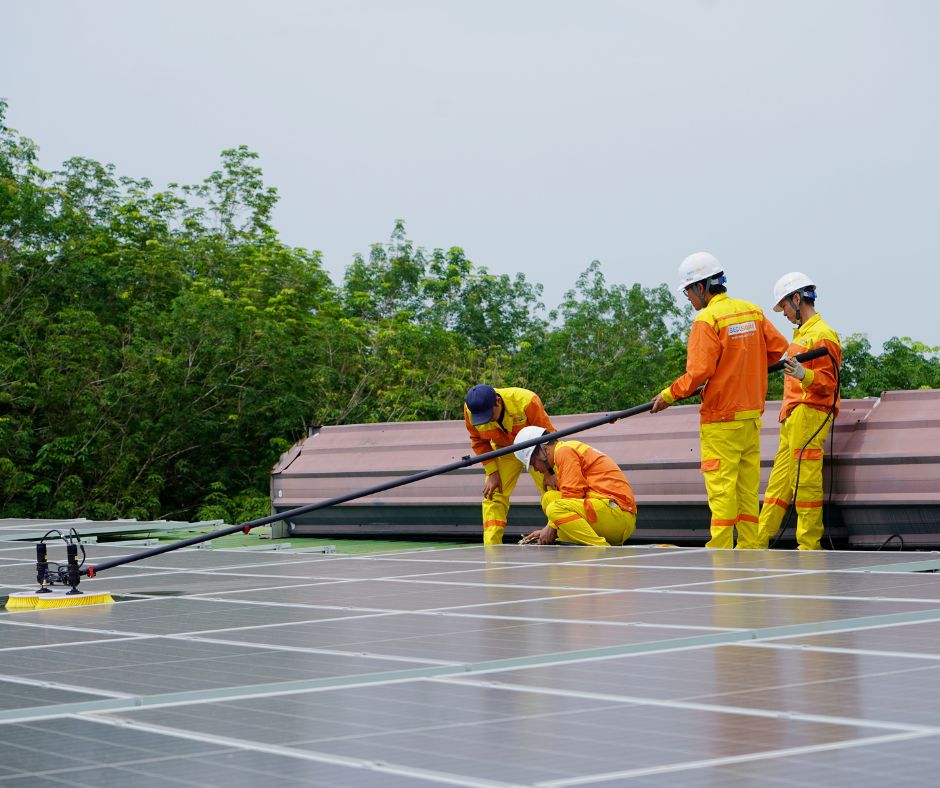
Leave a Reply